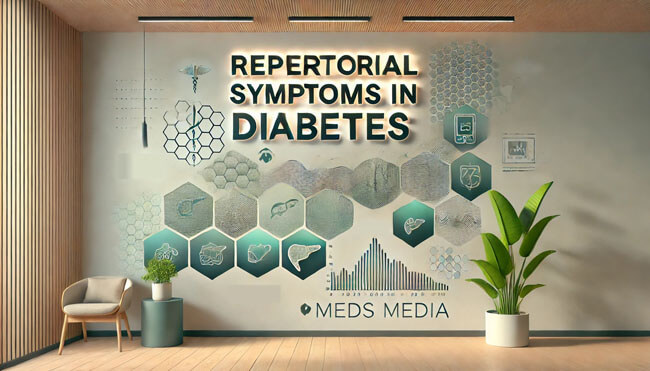Diabetes mellitus is a multifaceted metabolic disorder with far-reaching effects on various organs and systems of the body. The repertorial symptoms associated with diabetes encompass a broad spectrum of manifestations, ranging from classic signs like excessive thirst (polydipsia), frequent urination (polyuria), and extreme hunger (polyphagia) to severe complications such as neuropathy, nephropathy, retinopathy, and diabetic foot issues.
These symptoms are categorized and analyzed systematically to aid in the holistic understanding and management of the disease. Recognizing these repertorial symptoms not only helps in early diagnosis but also facilitates targeted interventions for preventing or minimizing complications. The manifestations cover physical, neurological, dermatological, and systemic aspects, reflecting the complex interplay of high blood sugar levels and their long-term impact on the body.
Understanding the repertorial symptoms of diabetes and its complications is pivotal for healthcare practitioners, homeopathic experts, and patients alike. By addressing these symptoms comprehensively, individuals can work towards better management of the condition and an improved quality of life.
This section provides a general overview of these symptoms, setting the stage for a deeper exploration of their specific manifestations and implications.
Common Manifestations of Diabetes Mellitus
Polydipsia: One of the hallmark symptoms of diabetes is excessive thirst. It is characterized by a constant need to drink water, often in small quantities but frequently. This symptom arises due to high blood sugar levels, which pull water from the body’s tissues, leaving you dehydrated.
Polyphagia: A persistent, ravenous appetite is another common indicator of diabetes. Despite eating frequently, individuals may still feel canine hunger. This occurs as the body struggles to use glucose for energy, leaving cells starved.
Polyuria: The need for frequent urination is a classic sign of diabetes. High sugar levels in the blood overwhelm the kidneys’ ability to reabsorb glucose, leading to increased urine output and potential dehydration.
Loss of Weight: Unintentional weight loss is a concerning sign of diabetes, often caused by the body breaking down fat and muscle for energy in the absence of adequate insulin. This leads to noticeable emaciation despite increased appetite.
Manifestations of Diabetic Ketoacidosis (DKA)
Anorexia: In diabetic ketoacidosis, a loss of appetite is a key symptom. The body’s energy systems are overwhelmed by high blood sugar and ketone production, causing the person to want food less frequently.
Nausea and Vomiting: Persistent nausea and vomiting are common as the buildup of ketones leads to a toxic environment in the stomach, causing distress and discomfort.
Increased Urine Formation: In DKA, the kidneys respond to high blood sugar and ketone levels by producing copious amounts of urine, which can result in severe dehydration if untreated.
Altered Level of Consciousness: Symptoms such as confusion or feeling “intoxicated as if” are alarming indicators of advanced ketoacidosis, signaling an imbalance in brain function due to electrolyte disturbances.
Coma: In severe cases, untreated DKA can lead to a diabetic coma, characterized by extreme faintness and unresponsiveness, requiring immediate medical intervention.
Air Hunger (Kussmaul Respiration): The body compensates for acidosis by deep, gasping respiration, termed Kussmaul breathing. This helps to expel excess carbon dioxide and reduce acidity.
Sweet Odor from Mouth: A distinct sweet, fruity odor emanates from the mouth due to acetone, a byproduct of elevated ketones. This is a diagnostic sign of DKA.
Lowering Body Temperature: The skin may feel cold, and the body temperature may drop as the body’s systems become compromised, reflecting a serious health emergency.
Manifestations of Hyperosmolar Non-Ketotic Diabetic Coma (HNKDC)
Unable to Drink Sufficient Water: A hallmark feature of HNKDC is thirstlessness, where despite severe dehydration, there is a desire to drink but an inability to consume enough water. This complicates the body’s efforts to rehydrate.
Altered Level of Consciousness: As blood sugar levels soar, confusion and a sensation of being “intoxicated as if” are common symptoms, indicating impaired brain function.
Convulsions: Seizures or convulsions may occur due to severe electrolyte imbalances and dehydration, signaling advanced stages of the condition.
Transient Hemiplegia: HNKDC can lead to one-sided paralysis (transient hemiplegia), which mimics stroke-like symptoms due to the profound effects of hyperglycemia on the nervous system.
Manifestations of Hypoglycemia
Sweating: Profuse perspiration is a typical response to hypoglycemia, caused by the release of stress hormones like adrenaline.
Tremor: Individuals often experience external trembling, reflecting the body’s attempt to counteract low blood sugar levels.
Tachycardia: A rapid and accelerated pulse is a clear sign of the body’s fight-or-flight response to dropping glucose levels.
Anxiety: Hypoglycemia often triggers intense anxiety or feelings of impending doom, driven by a sudden hormonal surge.
Hunger: An increased appetite is an early warning sign of hypoglycemia, as the body signals the urgent need for glucose.
Dizziness: Feeling intoxicated or lightheaded is a common symptom as the brain struggles with insufficient glucose supply.
Headache: Generalized head pain may accompany hypoglycemia due to neuroglycopenia or low glucose in the brain.
Clouding of Vision: Foggy or dim vision can occur when glucose deprivation disrupts normal eye function.
Blurred Mental Activity: Cognitive symptoms like stupefaction reflect the brain’s impaired capacity to process information.
Confusion: Low glucose levels can lead to disorientation and confusion, especially in severe cases.
Abnormal Behavior: Patients may exhibit delusions, hallucinations, or imaginative scenarios, mimicking psychiatric conditions.
Convulsions: Severe hypoglycemia can trigger convulsions, resulting from the brain’s extreme response to glucose deprivation.
Loss of Consciousness: In extreme cases, untreated hypoglycemia leads to faintness or even a hypoglycemic coma, requiring immediate intervention.
Manifestations of Lactic Acidosis
Nausea: A persistent feeling of nausea is a common symptom of lactic acidosis, caused by the buildup of lactic acid in the blood, disrupting normal metabolism.
Vomiting: Frequent vomiting is another key indicator, as the body attempts to expel toxins and cope with metabolic disturbances.
Restlessness: Individuals may feel restlessness, reflecting the body’s response to acidosis-induced discomfort and agitation.
Air Hunger: Severe cases can lead to gasping respiration, also known as air hunger, as the body attempts to reduce acidity by expelling more carbon dioxide.
Altered Level of Consciousness: Confusion, often described as feeling “intoxicated as if,” occurs due to the impact of acidosis on brain function.
Stupor: Progressive lactic acidosis may lead to stupor, a state of near-unconsciousness and decreased responsiveness.
Coma: In advanced stages, untreated lactic acidosis can result in a coma, characterized by extreme faintness and loss of consciousness.
Manifestations of Diabetic Neuropathy
Numbness: A common symptom is numbness in the extremities, indicating nerve damage.
Tingling: Patients often experience tingling or pricking sensations, commonly referred to as “pins and needles.”
Pin-and-Needle Sensation: Sharp, stitching pain in the feet and soles can indicate significant nerve impairment.
Burning Sensation: A burning feeling in the soles is a frequent complaint, signaling sensory nerve damage.
Wrist Drop: Paralysis of the wrist due to motor nerve involvement is a less common but severe manifestation.
Foot Drop: Similarly, foot drop occurs when motor nerves in the lower extremities are affected.
Hyperesthesia: Heightened sensitivity, or painful response to stimuli in the feet, can develop, making even light touches uncomfortable.
Dysphagia: Painful swallowing (dysphagia) indicates autonomic nerve involvement, affecting the throat muscles.
Diarrhea After Eating: Nerve damage to the gastrointestinal system can lead to diarrhea occurring after meals.
Rectal Incontinence: Loss of control over bowel movements (rectal incontinence) is a severe form of autonomic neuropathy.
Nocturnal Sweating: Profuse sweating at night (nocturnal sweating) is often linked to autonomic nerve dysfunction.
Dependent Part Edema: Swelling in the lower limbs (dependent edema) is a sign of circulation issues caused by nerve and vessel damage.
Small Size of Pupil: Contracted pupils can indicate neuropathy affecting the autonomic nervous system.
Manifestations of Nephropathy
Nephromegaly: Enlarged kidneys (swelling of the kidneys) is a sign of diabetic nephropathy progression.
Increased Glomerular Filtration: Initially, diabetic nephropathy may cause copious urine production, reflecting hyperfiltration in the kidneys.
Microproteinuria: The early stage of kidney damage is marked by cloudy urine, containing small amounts of protein detectable only through testing.
Macroproteinuria: In advanced stages, albuminous urine (high protein levels) becomes evident, signaling severe kidney damage.
Manifestations of Retinopathy
Micro-aneurism: Injected eyes with small, localized bulges in the blood vessels of the retina indicate the early stages of diabetic retinopathy, caused by weakened vessel walls.
Dilated Veins: Redness in the eyes due to dilated retinal veins is a common sign of poor blood flow and damage to retinal vessels.
Haemorrhage: Ecchymosis in the eyes results from bleeding in the retinal layers, often leading to vision disturbances.
Cotton Wool Spots: White or grayish spots on the retina, resembling cotton wool, are a sign of nerve fiber damage and insufficient blood supply to the retina.
Hard Exudates: Yellowish deposits, or discharges of mucous or pus, in the retina are caused by leakage of lipids from damaged blood vessels.
Retinal Detachment: Detachment of the retina can occur in advanced stages, leading to partial or complete loss of vision if not treated promptly.
Corneal Ulceration: Ulceration of the cornea is a severe manifestation, resulting from nerve damage and poor wound healing in the eyes.
Manifestations of Dermatological Issues
Carbuncles (Repeated Tendency): Diabetic skin often shows a tendency for carbuncle eruptions, which are clusters of boils caused by bacterial infections.
Furuncles (Repeated Tendency): Recurrent boils on the skin are another common problem, reflecting compromised immunity and high blood sugar levels.
Delayed Wound Healing: Slow healing wounds are a hallmark of diabetes, caused by impaired blood flow and reduced tissue repair mechanisms.
Easy Suppuration: The skin often becomes unhealthy and prone to ulcers that suppurate, indicating a higher risk of infections and poor immunity.
Manifestations of Diabetic Foot
Moist Gangrene: Gangrene in the foot, characterized by wet and decaying tissue, is a severe complication of poorly controlled diabetes.
Offensive Discharge in Gangrene: An offensive-smelling discharge from gangrenous ulcers signals advanced tissue damage and infection.
Easy Ulceration: Unhealthy ulcers develop easily on the feet due to poor circulation and prolonged pressure on sensitive areas.
Delayed Wound Healing: Like other diabetic wounds, foot wounds also heal slowly, increasing the risk of infections and complications.
Easy Suppuration: Diabetic foot ulcers are prone to suppuration, reflecting underlying bacterial infections and tissue damage.
Similar Posts

Remedy for Diabetes rheumatic pains in homeopathy

Uranium Nitricum (Uran-n): A Bird’s Eye View of the Homeopathic Diabetes Remedy
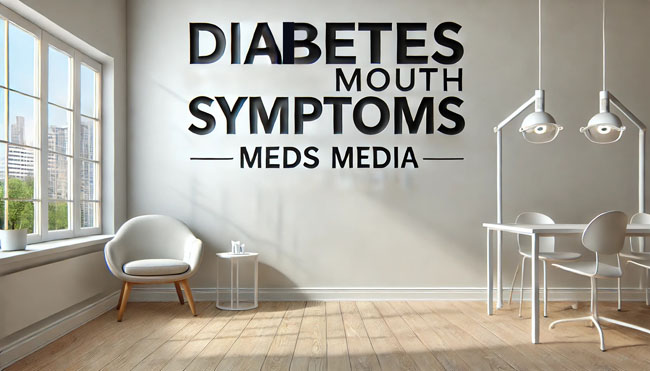
Mouth Symptoms in Diabetes:Homeopathic Medicines and Their Indications
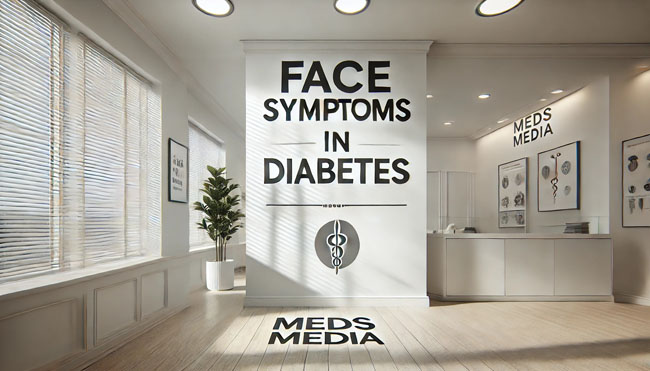
Face Symptoms in Diabetes:Homeopathic Medicines and Their Indications
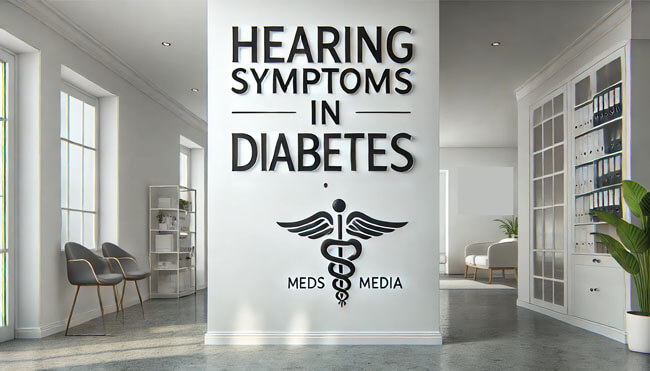
Hearing Symptoms in Diabetes:Homeopathic Medicines and Their Indications
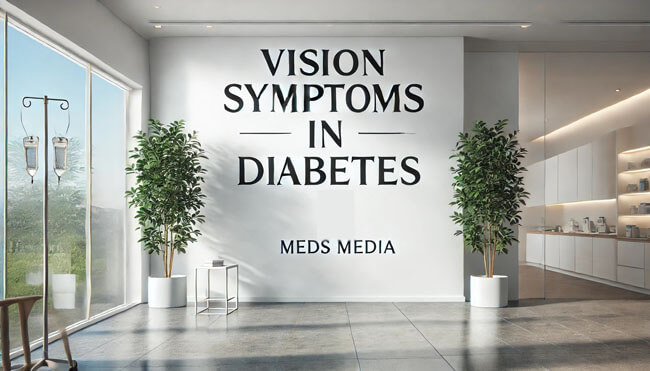
VISION: Diabetes Symptoms and Homeopathic Medicines
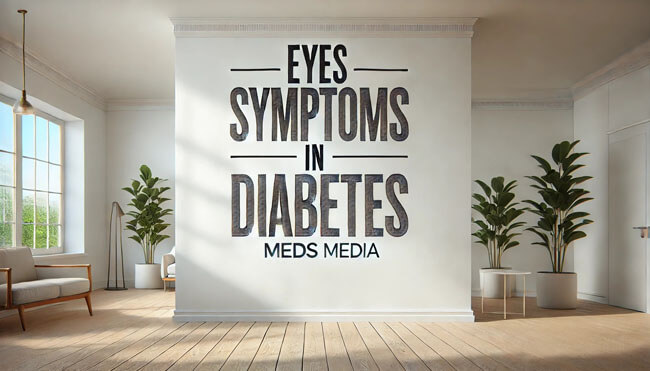
Eyes-related symptoms in diabetes: Homeopathic Medicines and Their Indications
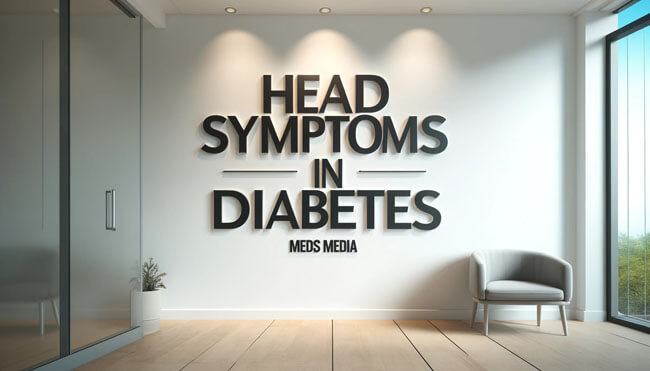
Head-related symptoms in diabetes: Homeopathic Medicines and Their Indications
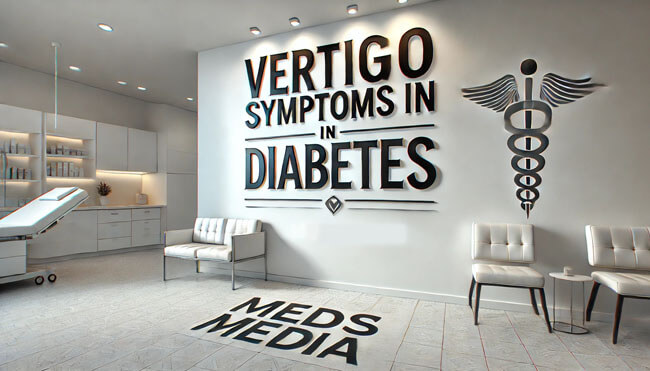
Vertigo Symptoms in Diabetes: Insights for Homeopathic Treatment
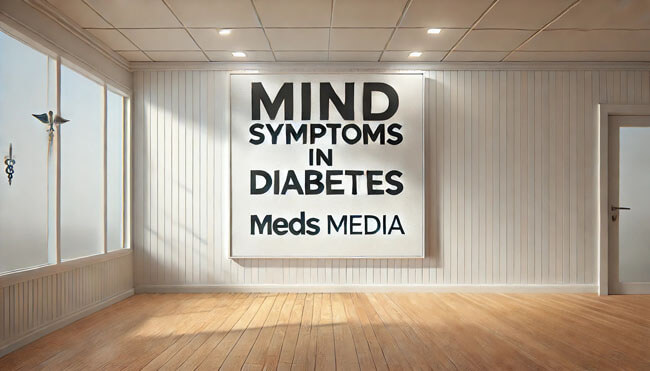
Mind Symptoms in Diabetes: Rubric, and Homeopathic Remedies

Homeopathic Medicines and Concomitants for Managing Diabetes

Diabetes: Causes, Miasms, and Homeopathic Medicines

Diabetes and Homeopathy: Effective Remedies According to Boericke’s Materia Medica
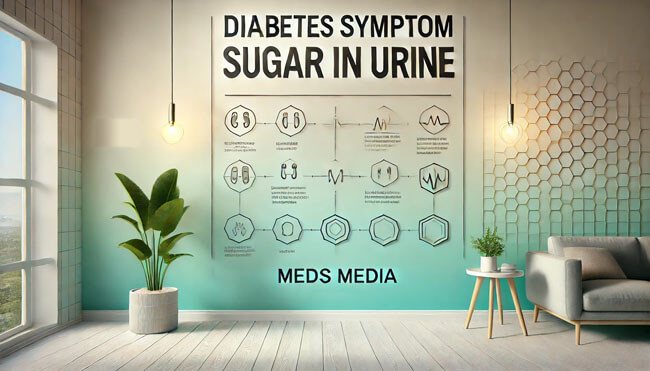
Diabetes and Sugar in Urine: Homeopathic Remedies

